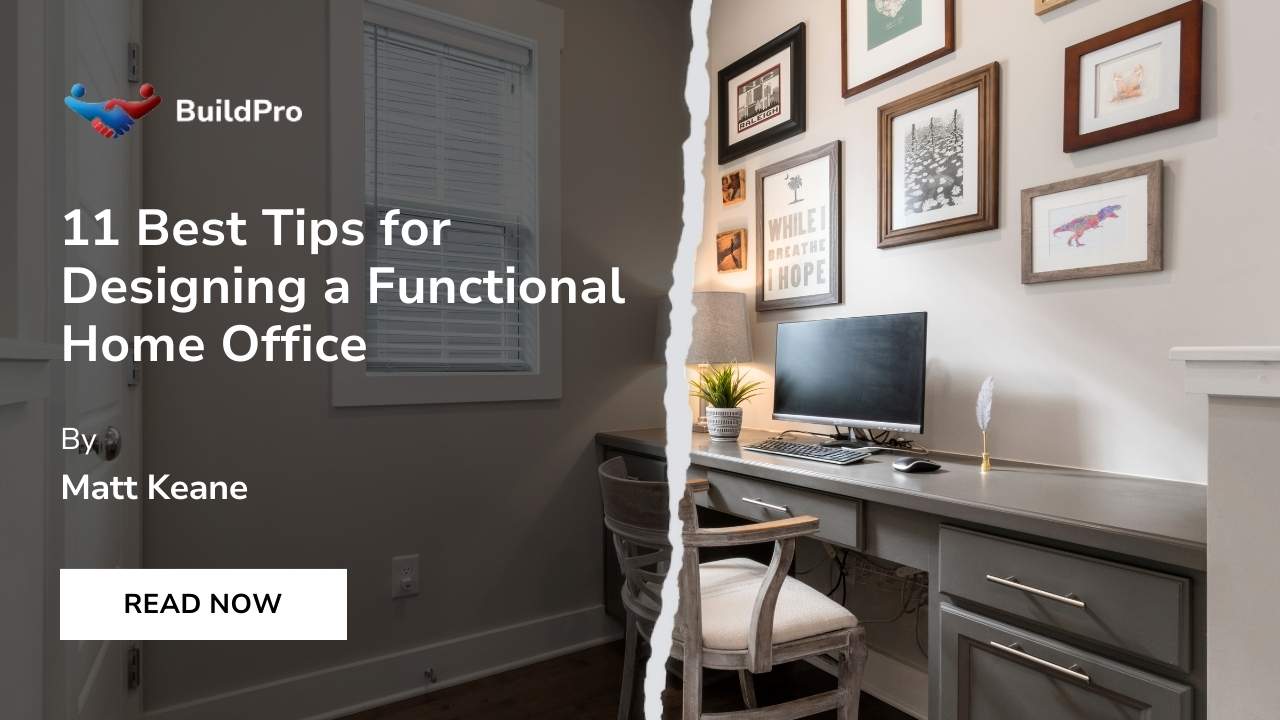Thinking about removing a chimney from your home? Many homeowners decide to take down their chimneys for various reasons, both practical and aesthetic.
From a practical standpoint, an unused chimney can be a source of heat loss, leading to higher energy bills. It can also pose structural issues if it's not maintained properly.
Aesthetically, removing a chimney can free up valuable space within your home, allowing for a more modern and open interior layout. Whether it's to improve energy efficiency, address safety concerns, or simply to update the look and feel of your living space, the decision to remove a chimney can be a significant step towards enhancing your home environment.
In this blog, we will help you discover if removing your chimney is a wise choice and the steps involved in the process of chimney removal.
So, let's get started.
What Are the Reasons for Chimney Removal?
Here are a few reasons why homeowners opt for chimney removal:
1. Reducing heat loss:
One of the most compelling reasons to remove a chimney is to reduce heat loss. Homes with unused chimneys can lose a significant amount of heat through the chimney flue.
This is not just a minor issue; it can lead to higher energy bills during colder months as your heating system works harder to replace lost warmth.
2. Addressing structural concerns:
Over time, chimneys can develop structural issues, such as cracks in the masonry or a leaning stack, which can pose serious safety risks.
Removing an unstable chimney can prevent potential damage to your property and ensure the safety of your home and its occupants.
3. Reclaiming space:
Chimneys can take up considerable space inside your home—space that could be better utilised. Removing a chimney can open up rooms, giving you more freedom to redesign your living areas. This can be particularly beneficial in smaller homes where maximising space is essential.
4. Aesthetic Reasons:
Some homeowners choose to remove their chimney purely for aesthetic reasons. Removing an unused chimney can modernise the look of your house, both internally and externally, contributing to a sleeker, more contemporary appearance.
What Are the Steps Involved in the Chimney Removal Process?
Removing a chimney is a complex task that requires careful planning and execution. Here’s how you can tackle this project step-by-step:
Step 1: Preparation and safety
Before you start, make sure you have all the necessary permissions from local authorities. Safety is very important, so gear up with goggles, gloves, a dust mask, and a hard hat.
Protect your surroundings by covering furniture and flooring near the work area to catch dirt and dust. Renting a scaffold rather than using a ladder is advisable to ensure stability and safety while working at heights.
Step 2: Remove the chimney breast
Start the actual destruction process inside your home by removing the chimney breast. This is the part of the chimney that comes into the room.
Carefully remove the brickwork, usually starting from the top and working your way down. It's essential to support any remaining structure to prevent accidental damage or collapse.
Step 3: Remove the chimney stack
Once the interior portions are dealt with, move to the roof to tackle the chimney stack. This external part of the chimney needs to be removed brick by brick to prevent structural damage to the roof.
Again, start from the top and work your way down, disposing of dirt safely as you go.
Step 4: Patch and repair
After the chimney has been completely removed, you'll need to repair and patch the areas where the chimney used to be. This might involve roofing repairs where the stack was removed and wall repairs inside where the breast was located. Ensure these repairs are done thoroughly to prevent future issues like leaks or drafts.
With the chimney gone, you might notice a significant change in your living space and even on your heating bill.
Conclusion
Removing a chimney can be a significant decision for homeowners, offering various benefits such as enhanced safety, increased space, and improved energy efficiency. Understanding the reasons behind chimney removal and being aware of the detailed steps involved in the process can ensure a smooth and successful project.
Whether driven by structural issues, modernisation efforts, or aesthetic preferences, chimney removal can positively transform your living space. By following expert guidelines and careful planning, you can achieve a safer, more efficient, and aesthetically pleasing home environment.
If you're planning a chimney removal, contact BuildPro. Our expert team ensures safe and effective chimney removal.
















